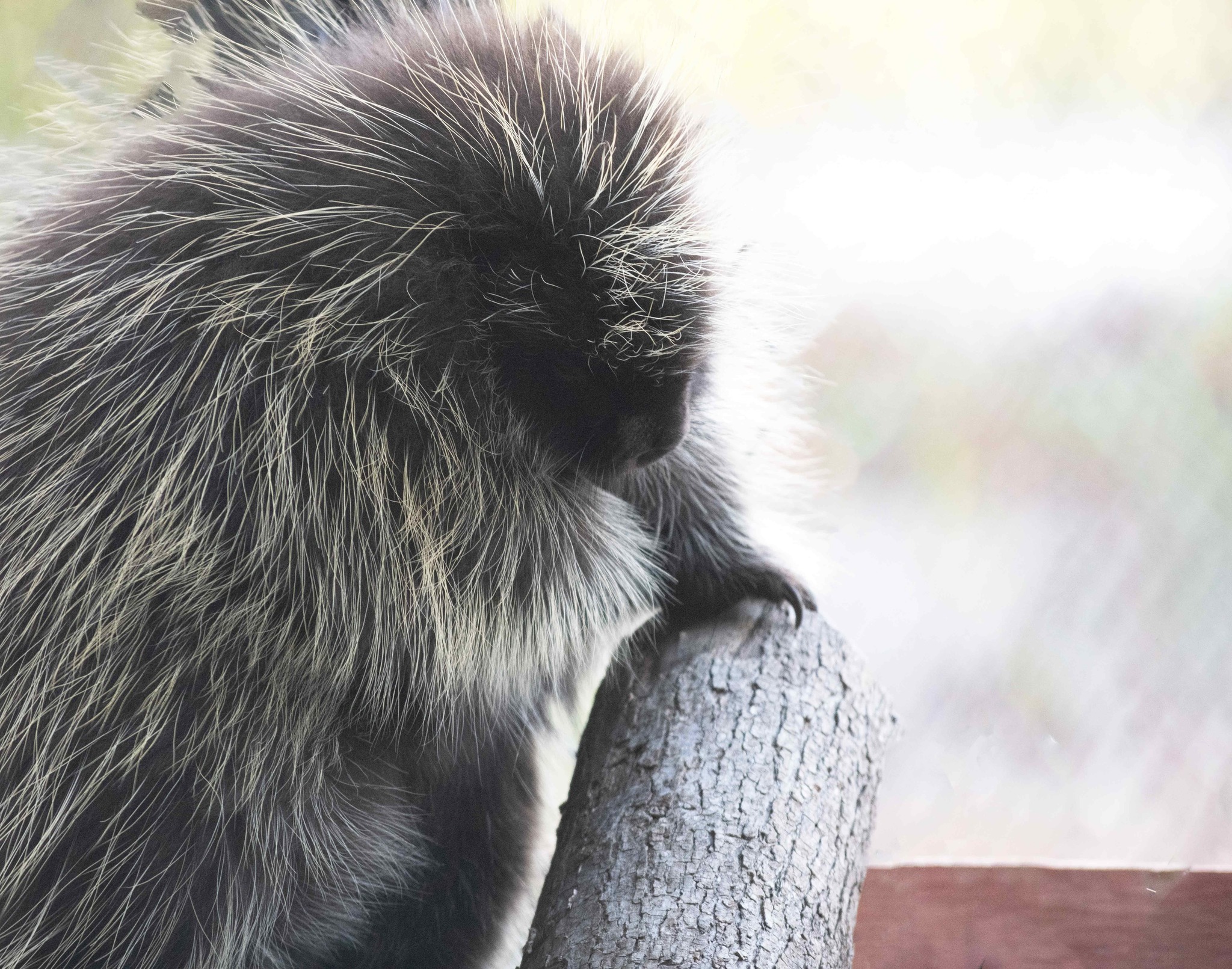- Understanding the Virginia Living Museum’s Role in Wildlife Conservation
- The Importance of Naming Animals in Zoos and Wildlife Facilities
- An Introduction to Porcupines and Their Ecological Significance
- Engaging the Public Through Naming Submissions and Education
- The Impact of Positive Visitor Experiences on Wildlife Conservation
The Virginia Living Museum has a critical role in wildlife conservation and education. As a non-profit institution, it combines aspects of a natural history museum, botanical garden, aquarium, and zoo to provide comprehensive insight into Virginia’s natural heritage. The museum is dedicated to the conservation of native species and increasing public awareness about environmental stewardship. This approach fosters an understanding of the interconnectedness between humans and wildlife and underscores the importance of preserving biodiversity. The museum actively engages with local communities to generate awareness and support for conservation initiatives. By featuring indigenous species and habitats, the museum serves as a living classroom where visitors can learn about the ecosystems of Virginia and the region’s unique biodiversity. This educational focus is pivotal in inspiring and motivating the public to participate in conservation efforts.
Animal naming in zoological and wildlife facilities is more than a whimsical practice. It fosters a personal connection between the public and the animals, enhancing visitors’ emotional engagement and learning experiences. Naming contests or submissions encourage public participation and investment in the welfare of the animals. It represents an opportunity for educational outreach, enabling facility visitors and online participants to learn about the species, their roles in ecosystems, and the challenges they face. For institutions like the Virginia Living Museum, naming new arrivals provides a platform to highlight conservation stories, educate about habitat requirements, and celebrate wildlife’s cultural and ecological contributions. This process also helps raise awareness of specific conservation needs, providing visitors with a sense of stewardship and responsibility toward these creatures.
Porcupines, the new residents at the Virginia Living Museum, are fascinating creatures with significant ecological roles. Known primarily for their barbed quills, porcupines are integral to forest ecosystems. They contribute to tree pruning and help control the underbrush, promoting forest health. Their diet primarily consists of bark, leaves, and woody plants, which influences forest composition. This herbivorous feeding behavior facilitates nutrient cycling and supports forest regeneration. Understanding porcupines’ ecological contributions underscores the important role each species plays in promoting ecosystem balance and biodiversity. Educating the public about porcupines’ natural habitat, behaviors, and ecological significance can enhance understanding and appreciation for these unique animals and the challenges they face in the wild.
Opening submissions for naming the Virginia Living Museum’s new porcupine is an opportunity for public engagement and education. The museum invites participation through an online submission process, encouraging creativity while fostering an understanding of wildlife conservation. This initiative is a valuable educational tool, allowing participants to learn more about porcupines and the museum’s mission to preserve native species. Engaging the public in naming the porcupine nurtures a sense of ownership and connection to the animal, making the process a collective journey of discovery and learning. It also underscores the museum’s role as an interactive educational space, where conservation stories come alive, and the public is motivated to protect wildlife and natural habitats.
Positive visitor experiences at the Virginia Living Museum are essential in promoting wildlife conservation. Engaging and accessible exhibits that connect emotionally with visitors can inspire advocates for environmental stewardship. By facilitating unique educational experiences, the museum creates lasting impressions. These experiences contribute to a lifelong interest in nature and science, motivating individuals to support conservation initiatives. The museum’s combination of education and entertainment makes learning about wildlife and ecosystems exciting and accessible for all age groups. This approach increases awareness and understanding of conservation issues and fosters a community of informed citizens committed to protecting Virginia’s natural heritage. Through naming initiatives, wildlife exhibits, and educational programs, the Virginia Living Museum continues to inspire and educate, ensuring the long-term conservation of our planet’s precious biodiversity.
*****
Source Description
Naming submissions for the Virginia Living Museum’s new porcupine are OPEN!
Naming Submissions Open: January 4th – January 11th
🗳 Voting Open: Jan 12 – Jan 19
🎙Her name will be announced on January 20th – As we continue to collect naming submissions, she will be splitting her time between our Wild Care Center and a special spot along the boardwalk as she settles into her home. Keep an eye out during your visits – you might catch her exploring her new surroundings!
Submit your name: https://bit.ly/newporcupinename
🤫 Please remember to give her space and use quiet voices as she adjusts to life at Virginia Living Museum. Thank you!


